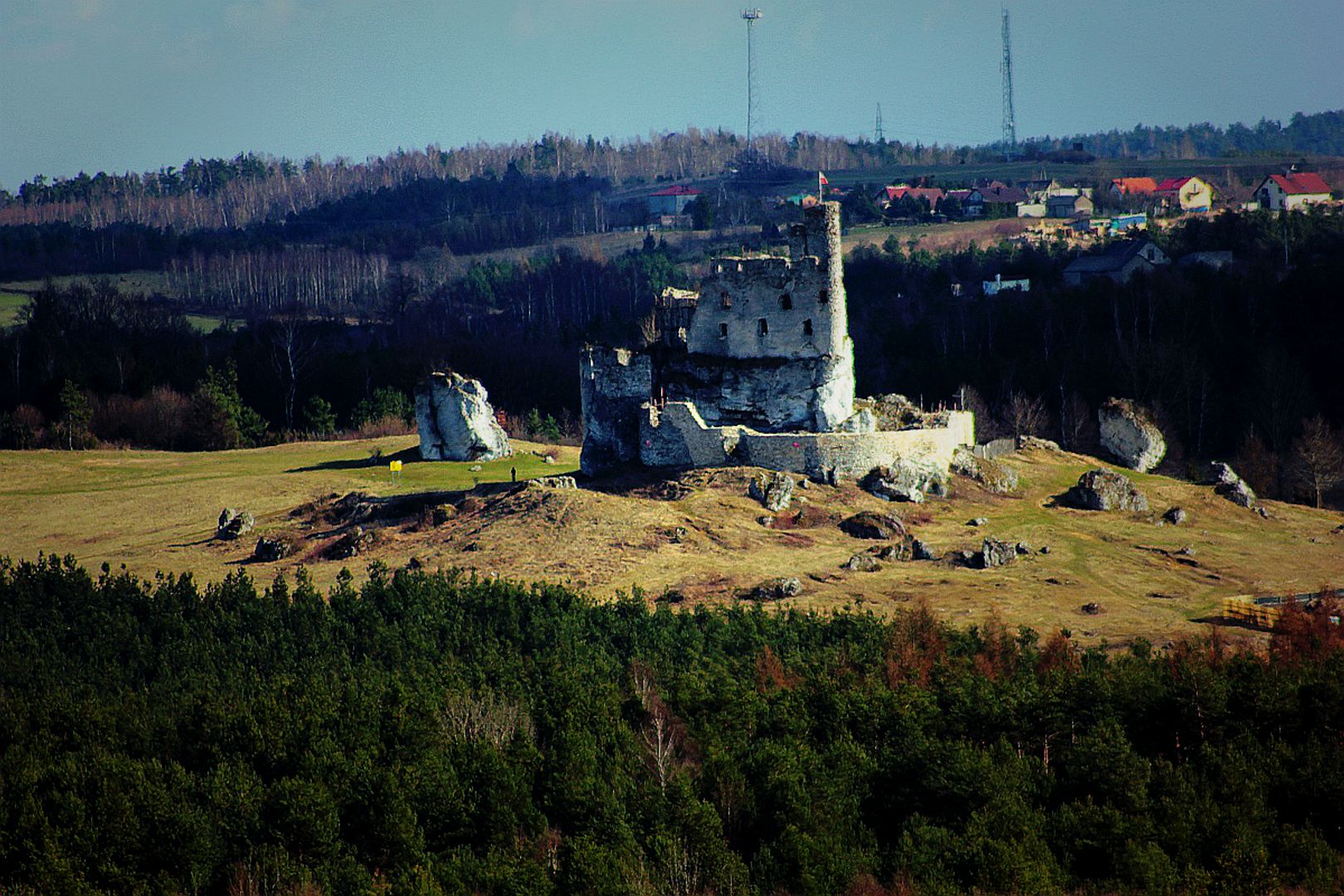Mirów Castle
7.56

Overview
Mirów Castle is an impressive ruin of a medieval fortress located in the Kraków-Częstochowa Upland, in the village of Mirów, in the Silesian Voivodeship. Built in the mid-14th century on the initiative of the Lis family, the castle initially served as a stone defensive watchtower, part of a system known as the Trail of the Eagles' Nests, and cooperated with Bobolice Castle. In later years, the castle underwent numerous expansions aimed at transforming it into a residential residence, reflecting its historical significance. Over time, thanks to the efforts of the Myszkowski and Koryciński families, the castle was significantly enlarged, increasing its total area to 1,200 m². Its architecture features divisions into courtyards, defensive walls, a residential tower, and various expansion phases that took place from the 14th to the 17th centuries. The castle's history is rich with notable events, such as its grant to Władysław Opolczyk, disputes among burgraves, and its important role in the Thirteen Years' War. The castle, which was used as a source of building stone by local residents, began to fall into ruin after the Swedish Deluge and was finally abandoned in 1787. In the 20th century, the castle came under conservation protection, and in 2006, work began to secure the structure and plan its future adaptation for tourism. Currently, the castle is not open to visitors, but there are plans to reconstruct some elements and establish a tourist service center and museum. Mirów Castle is a valuable monument that combines architectural elements of medieval strongholds, a rich history, and the cultural significance of the region.
Location
2025 Wizytor | All Rights Reserved